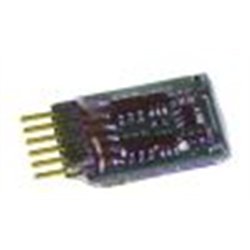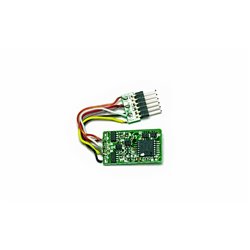Generally, plastic model plane kits do not come with plinths supplied. Nowadays, the majority of kits are designed to...
No products
Product successfully added to your shopping cart
There are 0 items in your cart. There is 1 item in your cart.
Search Tips
Christmas and New Year
We are dispatching orders every weekday apart from Christmas Day, Boxing Day and New Year's Day.
If you order is time critical, select next day delivery at checkout.
The shop in Sandown is closed from 25th December, reopening on 30th December.
Why won’t my engine run after adding a 6 pin DCC decoder?
This is quite straight forward as there are no real instructions on fitting 6-pin decoder.
If you find that your loco won't run, try inserting the other way up, this should do the trick. Usually there is a small dot identifying pin number one on the decoder and on the socket but sometimes this is not the case or the dot is too small to be seen or has worn off.
When attempting to add a decoder to your loco or tender remove the body and insert the chip, then try running it without the body on, this will save you time if it has been inserted the wrong way up.
Click here to receive the tips weekly in your mailbox. You can unsubscribe at any time.









